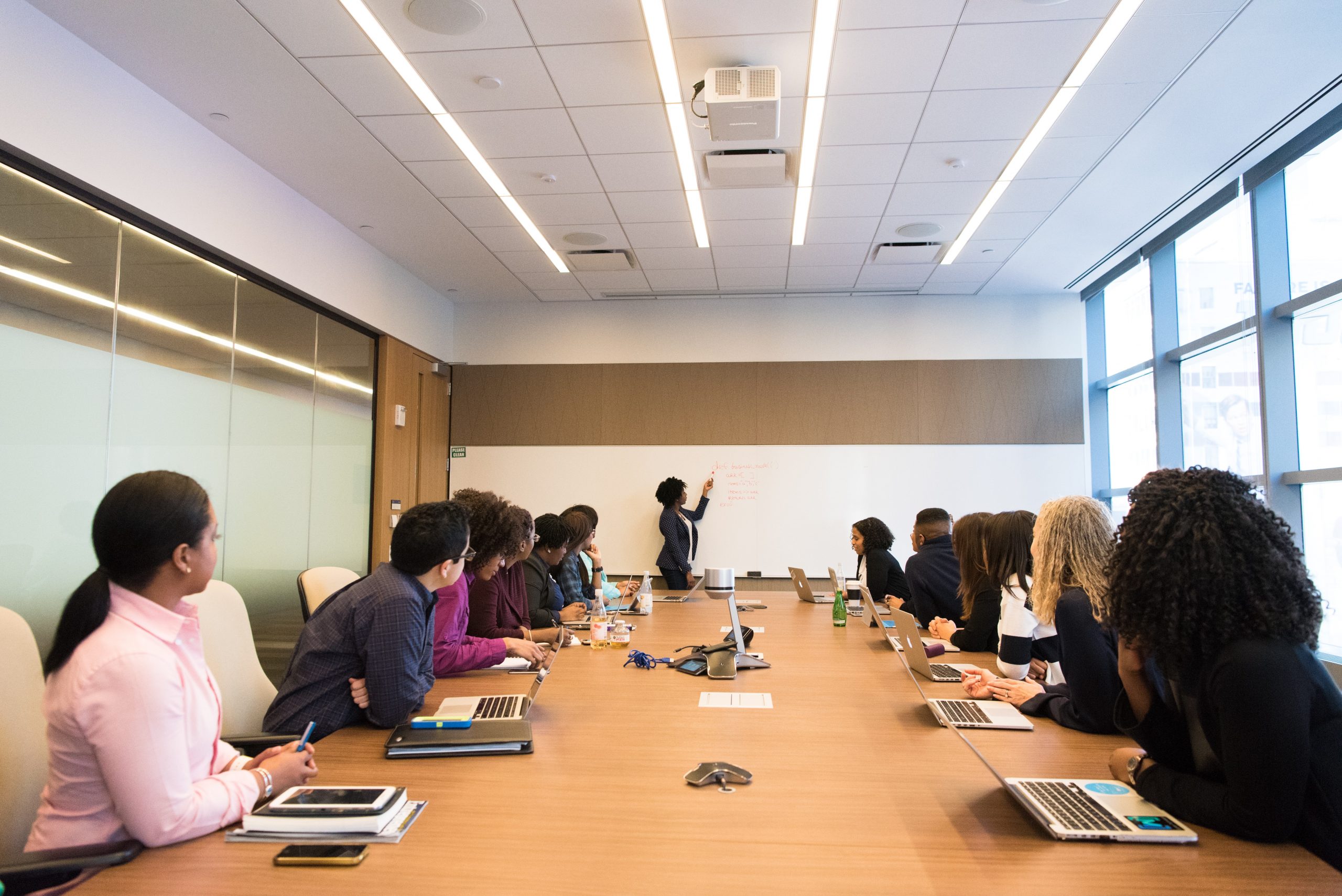Health & Safety
Training Essentials


Training Essentials
This is our third blog on what makes a good trainer by considering what are the training essentials.
A Good Trainer takes account of the following Training Essentials
Our first training essential is to involve all learners in the learning process. In for example our Moving and Handling Training course learners are made to feel relaxed and comfortable, able to ask questions and feel involved in the training.
Icebreakers are a very good way of breaking down social barriers. There icebreaker should be suitable for the group being taught and could include asking learners to pair up. Each person then asks questions about their partner, name, hobbies, job etc. Then the learner’s in turn introduce their partner to the group. Doing an icebreaker can lead to a creative enjoyable atmosphere and the trainer can gain as a result some insight into the group dynamic.
Initial Assessments
Another training essential for a good trainer is an initial assessment to find out what the learners need, individually or within the group. Such an assessment can include their current level of learning and what their aim is. Also what learning styles and resources best aid their learning and do they have any special needs. On numerous occasions I have taught learners who are deaf, for those courses two sign language interpreters are always present. This enables the learners to feel included and reach their goal.
Group Work
Group work enables interaction within the group and can also encourage quieter learners to participate because they are in a smaller group. During one of my Moving and Handing Courses, I 

Room Layout is a Training Essential
The layout of the room is also very important to promote inclusion, it can however be difficult sometimes if the room being used is very small and/or cluttered. There are all different layouts; what layout the trainer picks should be suitable for the session they are presenting. If I am doing a Moving and Handling Course I like to have a horseshoe setup so I can see all the learners during my theory work. The equipment used for the practical work would be ready at the back of the room already, away from the chairs. If there isn’t room for this, I would stack the chairs after the theory work.
Individual Learning Plans are devised by good trainers
Individual learning plans are a way of looking at a learner’s strengths and weakness and then devising a structured learning experience which is made for their individual needs.
Questions and Answers
Questions and answers encourage group interaction, helps learners develop thinking skills. Encourages individuals to answer in a safe environment and enables the trainer to establish what the learners have learnt.
Physiological
What is the learning environment like? Are the chairs comfortable for the learner, is there room for them to move around and stretch their legs, are they hungry or thirsty, are they too warm or too cold. Are there toilet facilities?
Safety and Security
During the training learners need feel safe and secure. It is important to make sure the learners are not in any danger or feeling vulnerable by pointing our fire exits and assembly points. The trainer should know where the first aid box is kept and if there is a First Aider on site. Also where the defibrillator is allocated. If there is and incident the trainer should also know where the incident book is kept.
Belonging
The learner may feel they don’t belong. It could be they feel they are not as academic as the rest of the group. They may feel too young or too old to be attending. It could even be that the other learners already know each other, so the learner may feel excluded.
Esteem
Lots of encouragement is needed to help those with low self-esteem so as they feel they are learning and are aiming towards reaching their goal. The trainer should give regular positive feedback.
